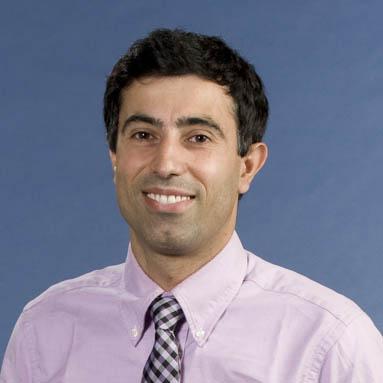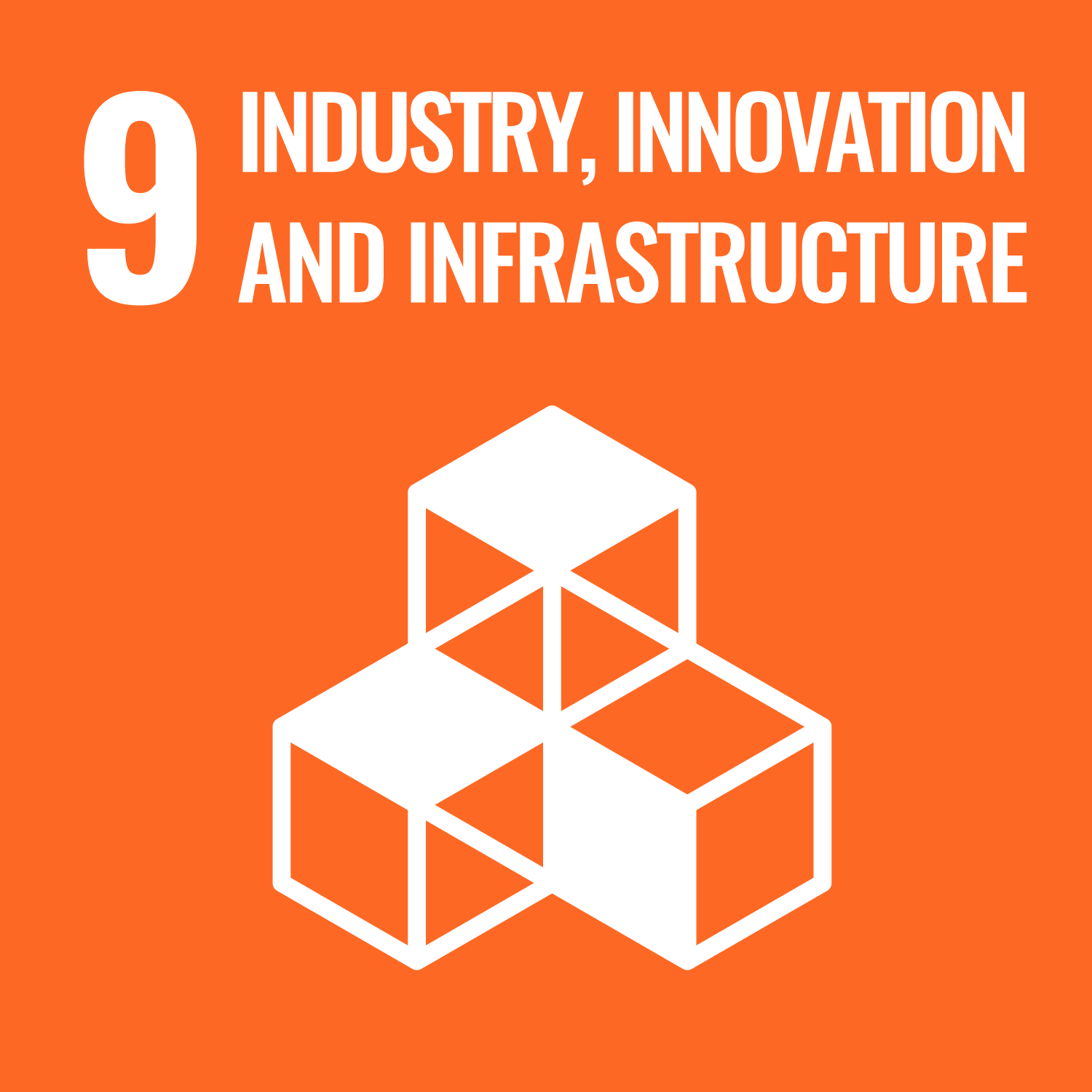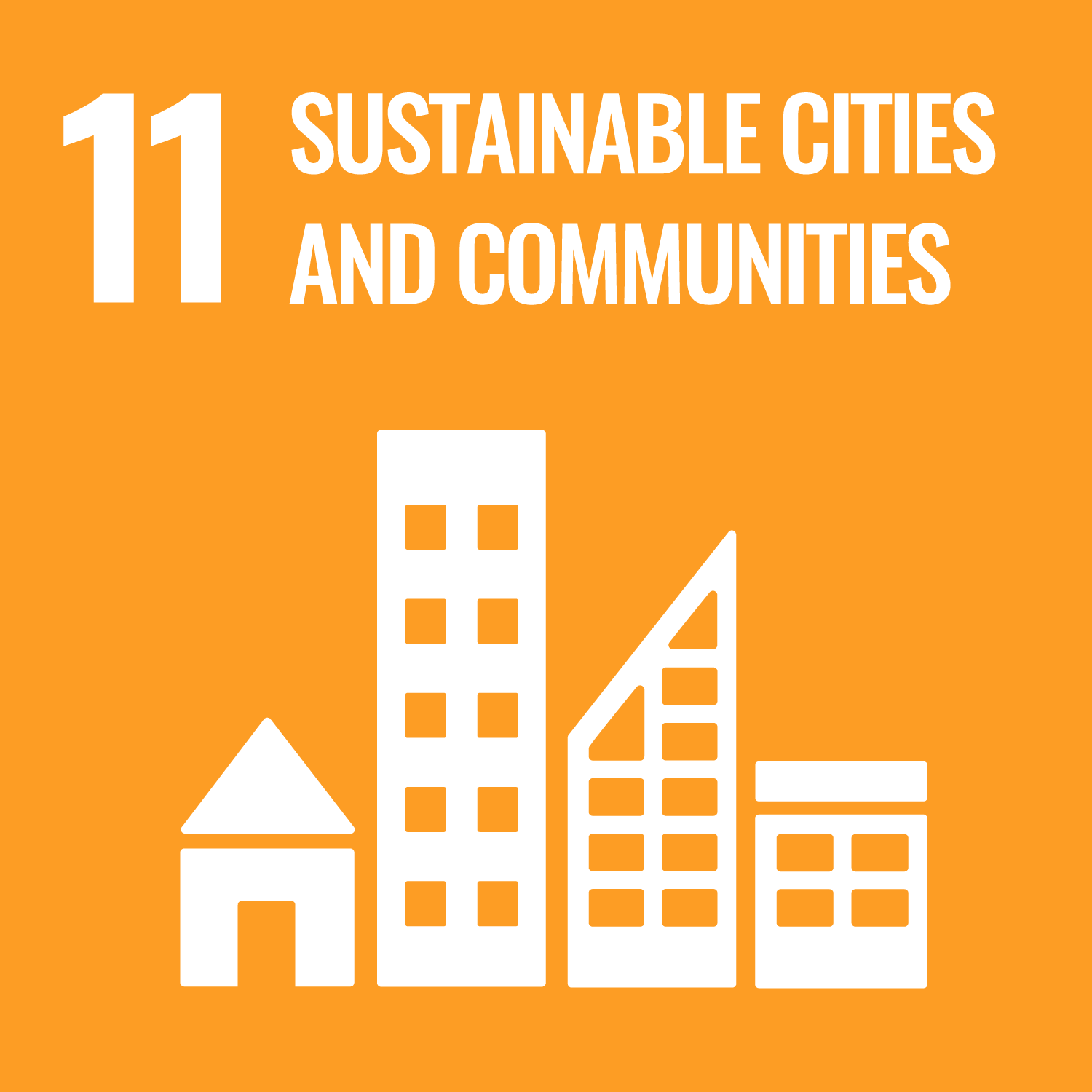
SDG 9: Industry, Innovation, and Infrastructure - Build resilient infrastructure, promote inclusive and sustainable industrialization and foster innovation


My research activities in the Department of Civil and Environmental Engineering are in mechanics, materials, and structures. At WPI, my favorite teaching aspect is working one-on-one with graduate and undergraduate students on research projects. I like to excite students’ curiosity toward discoveries and creative scientific advancements. In our research group, we focus on the fundamental principles that control the behavior of materials in engineering and biology at multiple scales. I am particularly interested in the bioinspired design of materials and structures. In this field, studying biological materials leads to the design of high-performance materials and structures. For example, we have created a new paradigm in self-healing concrete using an enzymatic mechanism. Using the same mechanism, we have now produced a Carbon-Negative Enzymatic Construction Material (ECM), which sequesters 18 lbs of CO2 per cubic yard in comparison to concrete which emits around 700 lbs of CO2 per cubic yard. ECM also holds the record in compressive strength as a carbon-negative alternative structural material at around 15 MPa. I encourage you to see the details of our research activities on my group's website.
SDG 9: Industry, Innovation, and Infrastructure - Build resilient infrastructure, promote inclusive and sustainable industrialization and foster innovation

SDG 11: Sustainable Cities and Communities - Make cities and human settlements inclusive, safe, resilient and sustainable

Nano-and microscale adhesion energy measurement for Au–Au contacts in microswitch structures Z Zong, Y Cao, N Rahbar, W Soboyejo Journal of applied physics 100 (10), 104313
Adhesion and interfacial fracture in drug-eluting stents J Meng, A Orana, T Tan, K Wolf, N Rahbar, H Li, G Papandreou, ... Journal of Materials Research 25 (04), 641-647
Design of functionally graded dental multilayers N Rahbar, WO Soboyejo Fatigue & Fracture of Engineering Materials & Structures 34 (11), 887-897
Nano-scale adhesion in multilayered drug eluting stents S Youssefian, N Rahbar Journal of the mechanical behavior of biomedical materials 18, 1-11
Adhesively bonded single lap joints with non-flat interfaces M Ashrafi, A Ajdari, N Rahbar, J Papadopoulos, H Nayeb-Hashemi, ... International journal of adhesion and adhesives 32, 46-52
A fatigue driving stress approach to damage and life prediction under variable amplitude loading S Kwofie, N Rahbar International Journal of Damage Mechanics 22 (3), 393-404